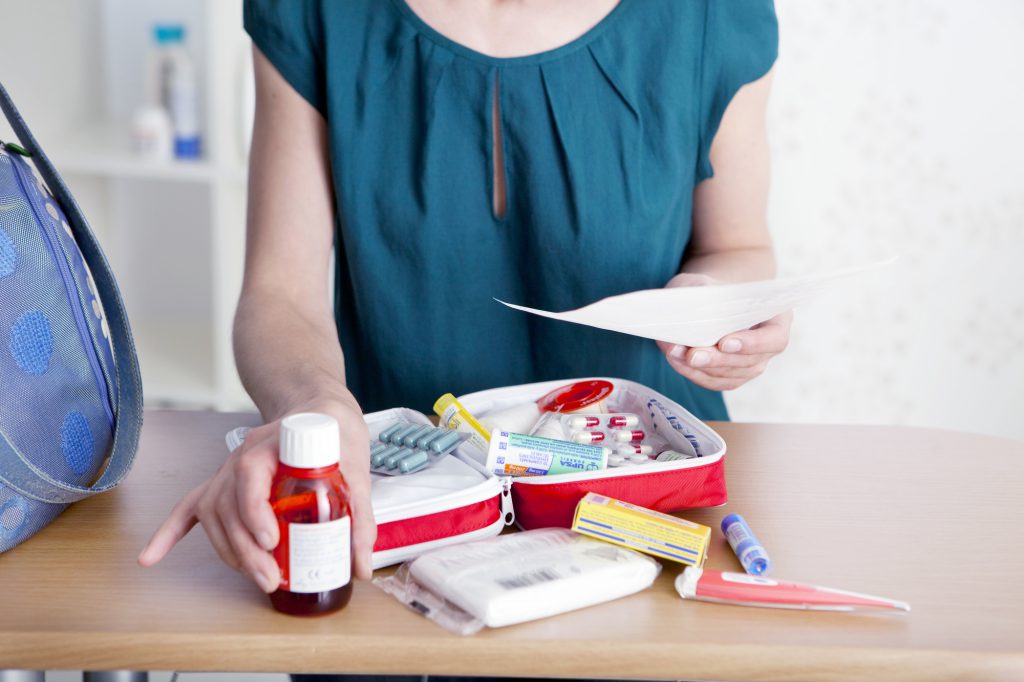
The latest U.S. statistics reveal over 136 million people visit the emergency room a year.
Injuries occur anywhere, from the home to the workplace. Hiking and camping are other places where injuries often happen.
No matter where you are, a well-stocked first-aid kit can help save lives in an emergency.
Don’t forget these 25 items for the best first aid kit available.
Start with the Basics
The best first-aid kit starts with a good bag. If you’re building a kit for the house, a small box or basket works fine too.
Make sure it’s something portable, though. Don’t stack everything on the shelf. If an accident happens in the back yard, you’ll need to get your supplies out there fast.
If the bag goes hiking with you, you’ll want something compact, light, and waterproof.
Once you’ve got your bag picked out, you’re ready to gather your supplies.
Best First Aid Kit Basic Care Supplies
First aid often involves caring for cuts and scrapes. You’ll need items that stop bleeding and closes wounds. If you’re far from a hospital, this can save someone’s life.
Make sure you have:
- Adhesive wound closure bandages/butterfly bandages
- Adhesive tape (medical)
- Duct tape
- Super Glue
- Sterile non-stick pads
You’ll use these supplies to keep the pressure on a wound and stop bleeding. But before you close up a wound, make sure you clean it and apply some anti-bacterial ointment.
For that, you’ll need:
- Antiseptic wipes
- Antibacterial ointment
- Hand sanitizer
First-Aid Kit Tools
A few tools are helpful in case of an emergency. Include these in your kit:
- Medical tweezers (as opposed to Dollar Store tweezers)
- Toenail clippers (surgical grade)
- Scissors (blunt paramedic shears)
- Knife
- Safety razor/scalpel
- Thermometer
- Cotton swabs and Q-tips
- Surgical gloves
- CPR mask
- Emergency Mylar blankets
Buy medical-grade supplies if possible. It’s worth the investment. Taking out a tiny splinter is much easier with a good pair of medical-grade tweezers.
Emergency blankets sound too big and heavy for a medical kit. In reality, they’re only a few inches wide and come in small, airtight zip-seal plastic bags.
A Mylar emergency blanket can keep someone warm and reduce shock. It can save a life!
Additional Treatments
In the event of an allergic reaction, carry antihistamine tablets. For severe, anaphylactic reactions, carry injectable epinephrine.
This is especially important for hikers. If you’re far from a hospital and have a severe allergic reaction to an insect sting, epinephrine can save your life.
Your kid should also include:
- Prescription medications
- Sunscreen
- Bug spray
- Anti-diarrheal medication
- Aspirin
- Ibuprofen
- Rehydration salts (in case of dehydration)
Make sure you’ve got a good first-aid manual and study it before you need it! If possible, take a basic first-aid class.
Understanding basic first aid and having the right kit can save lives.
A Well-Stocked First-Aid Kit
The best first aid kit is a well-stocked first aid kit. The proper supplies make all the difference when it comes to helping an injured person.
Start with a good portable medical bag or basket, depending on what the kit is for. Stock your bag with the proper ointments, bandages, and tools.
Make sure you know how to use everything, and you’re ready to go! And keep up with your annual physical before you engage in strenuous outdoor activities.
Need a physical? Make your appointment with us at Amory Urgent Care.
